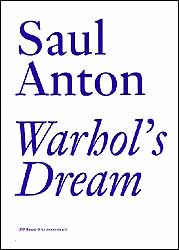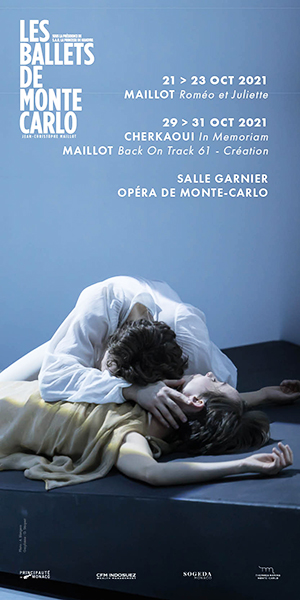Prテゥsentation
Saul Anton
Warhol窶冱 Dream
Saul Anton, critique d窶兮rt et テゥditeur de Cabinet magazine, dテゥcrit une rencontre imaginaire entre Robert Smithson et Andy Warhol, conversant du glamour, de la science-fiction, du cinテゥma, et de l窶兮rt de leur temps.
Extrait (en anglais)
ツォBob : So, you really want to go?
Andy : I just said so, didn窶冲 I? Fifth Avenue is my second-favorite avenue.
Bob : Which one窶冱 your favorite?
Andy : Madison.
Bob : Why is that?
Andy : All of the fashion boutiques. I couldn窶冲 buy most of that stuff, but I always love a good shop window. Lower Fifth is nice too. On weekends, it窶冱 deserted. Everyone窶冱 uptown at Bergdorf窶冱 and Bloomingdale窶冱, and only a few are down here looking for rugs.
Bob : It doesn窶冲 seem like we have to worry about any crowds today.
Andy : Well, it窶冱 still pretty early. Are you sure they窶冤l let us go up at this time?
Bob : I don窶冲 see why not.
Andy : Anyway, what I was going to say was that when you think about it, the rug stores are just like art galleries, aren窶冲 they? They have those giant silk carpets in the windows wall-to-wall, the way I did my cows, and in the big stores, you almost feel like you窶决e in a museum. And you don窶冲 even have to pay for admission.
Bob : Good point. Are you ready? We got up and left without even paying the bill. But there was no one there, so it didn窶冲 seem like it mattered. Outside we headed over to Fifth, and on the way over, we passed one of those large imported rug emporiums we were just talking about.
Andy : Aren窶冲 they fantastic?
Bob : Some of the rugs are the result of hundreds of years of work, so we really have no idea what we窶决e looking at or who the artist was.
Andy : I didn窶冲 know that.
Bob : It窶冱 like looking at a Gothic cathedral. You窶决e not seeing the execution of a blue-print; rather, you窶决e seeing a series of evolutions that don窶冲 necessarily make sense together. We think we窶决e seeing just a pattern or a picture, but we窶决e really looking at cross-sections of time, cathedrals in wool and silk, a weave of conflicting ideas and priorities.ツサ
Saul Anton a collaborテゥ avec de nombreux magazines, parmi lesquels Artforum, Frieze ou Parkett. Il a テゥtudiテゥ テ la City University de New York et テ la Tyler School of Art, Temple University. Il prテゥpare actuellement une thティse de doctorat en philosphie et littテゥrature franテァaise sur le rapport de l窶册sthテゥtique テ l窶冑istoire テ la Princeton University.



 parisART sur Instagram
parisART sur Instagram